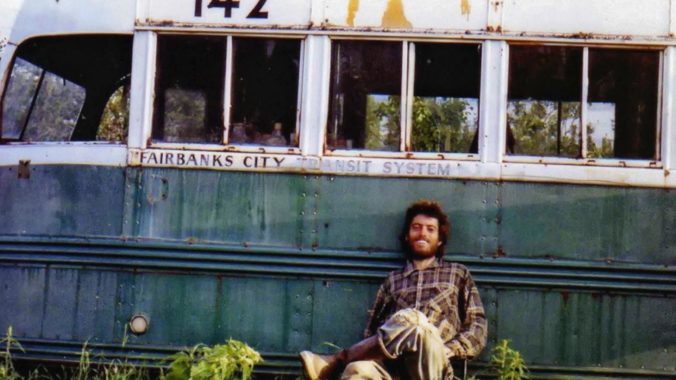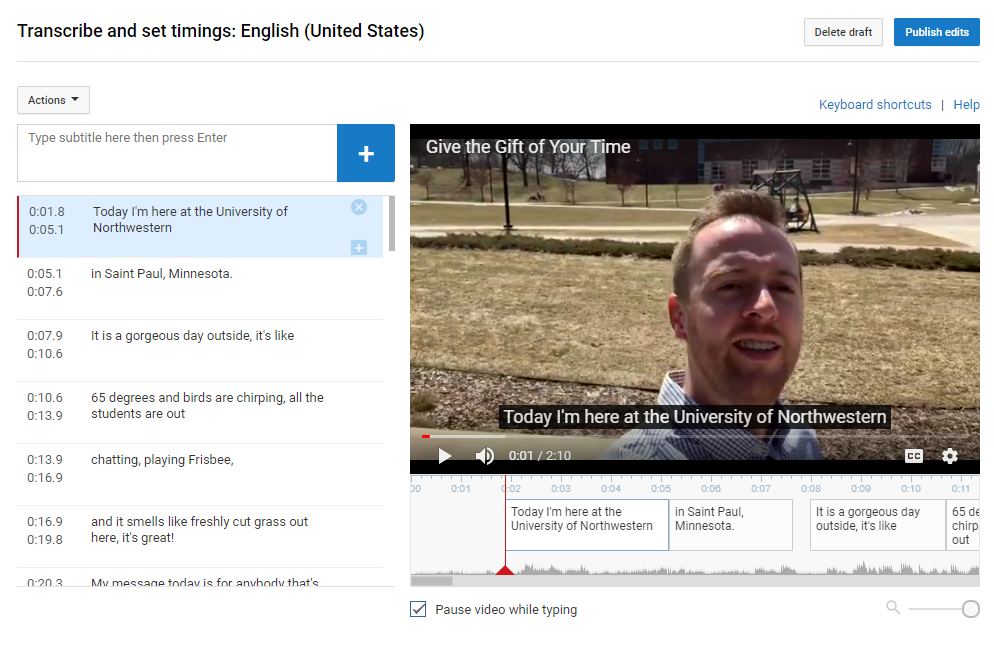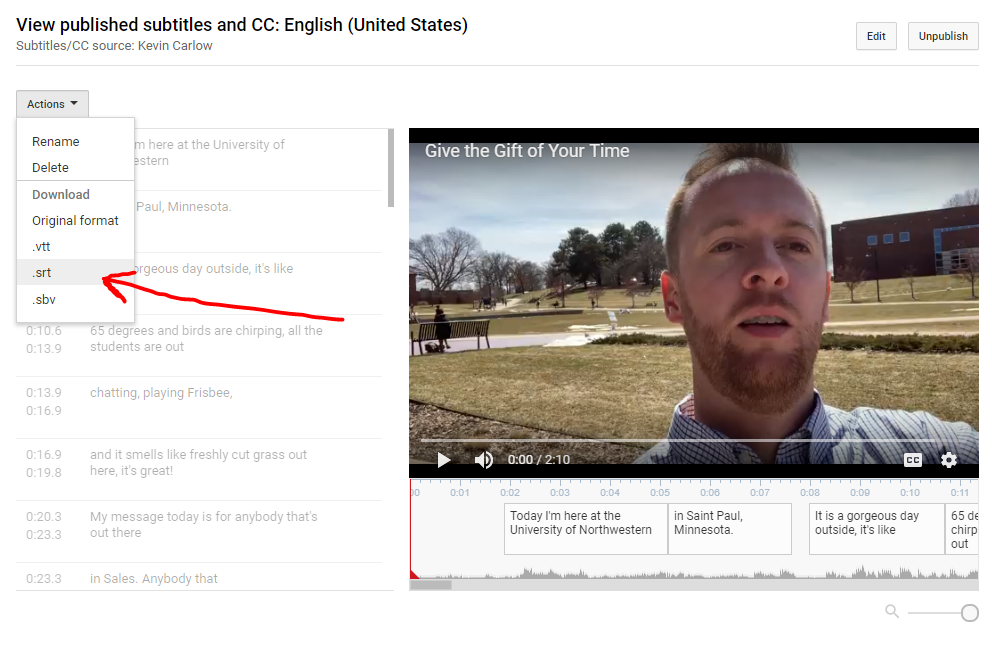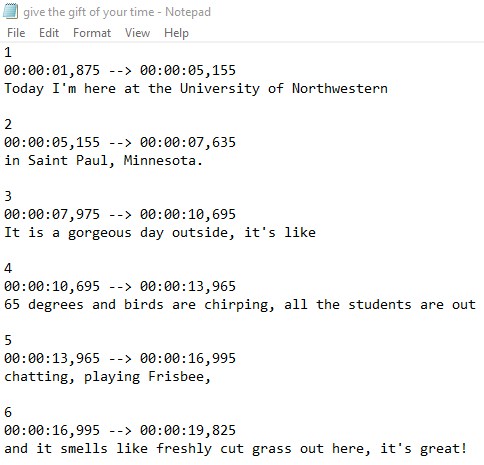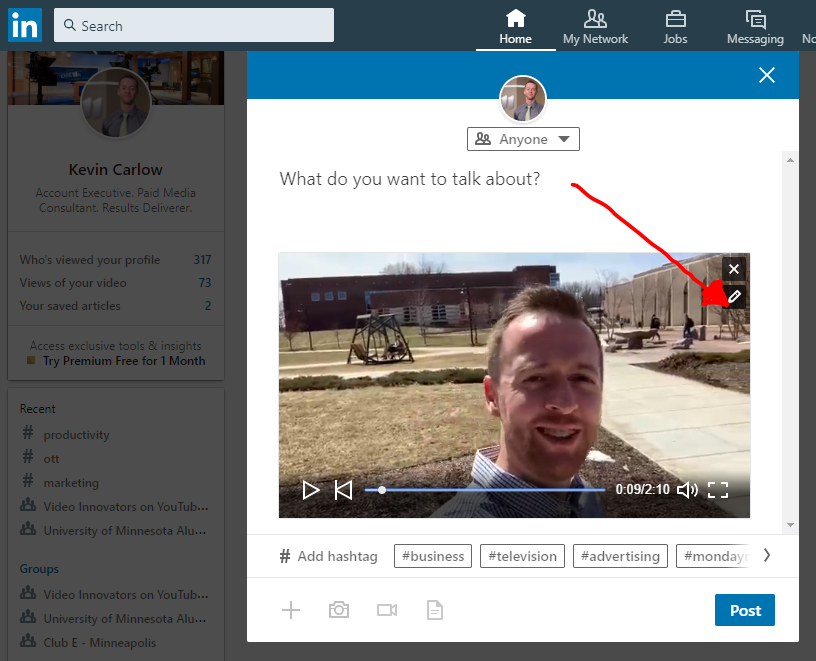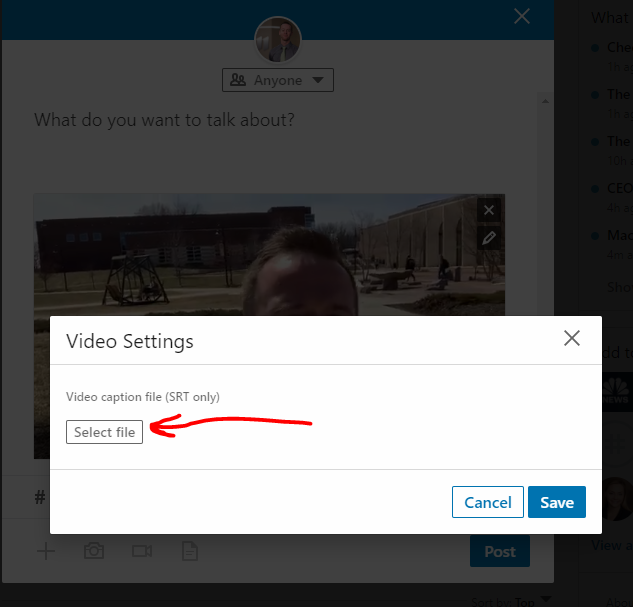Do you want the good news or the bad news first?
When asked this question, most people choose the bad news first, so they can get it out of the way and end on a good note. However, most people with the good and bad news to deliver prefer to offer the good news first, so they can soften the blow of the bad news by easing into it with something positive. (Ref: “When: The Scientific Secrets of Perfect Timing” by Daniel Pink)
Sales reps love delivering good news. They are eager to share, and for good reason. Good news makes clients happy. The good news is seldom shared without being followed by written or verbal exclamation points.
“Your campaign over-delivered by 78%!”
“We were able to include 14 bonus ads for you at no charge!”
“I was able to get a discount for you approved by management!”
As in all client-oriented businesses, there inevitably comes a time when something goes wrong. An instruction falls through the cracks. Start dates are delayed. A click-thru URL was entered incorrectly. Between technical quirks and human error, it’s a miracle anything does run the way it’s supposed to. And when this bad news arises, sales reps fear it. Frantic thoughts enter the rep’s mind. Maybe the client won’t notice? If I can sandwich this bad news within a pile of good news, maybe it won’t seem so bad? If we get it fixed now, maybe we can just pretend like it never happened?
It’s easy to see the potential pitfalls of brushing some bad news under the rug. Not to mention the wear and tear on one’s integrity and conscience.
If you want to move beyond “vendor” status with your client to get into the coveted “partnership” relationship zone, one of the best ways to become a trusted partner is to give your clients bad news, head on.
Think about one of your closest friends. Now say you are planning a birthday party for yourself (because you’re an adult and that’s what adults do). Unbeknownst to you, this close friend of yours cannot make it. They have a conflict. They haven’t told you about this conflict. As the day draws nearer, you are getting all excited as the plans are coming together for your epic birthday bash.
In this instance, what would you rather your friend do? Would you rather they tell you they can’t make it as soon as possible, or would you prefer they hold off until the day before to break the bad news? Or perhaps you’d prefer they no-show and later offer an alibi or excuse?
Most people would rather be hit with the bad news head on, as early as possible.
Business works the same way. If you have clients, and you’ve discovered some bad news about their account… just tell them.
Why? For two main reasons. 1) The client will trust you more because you had the integrity to give it to them straight. Any newbie off the street can deliver good news, but only a trusted partner acts as if client and vendor are on the same team, taking the good with the bad. 2) Giving the bad news right away gives the most amount of time for problem-solving. Waiting to give the bad news at a later date only means that’s more time the problem hasn’t gotten better.
I recently had an experience with my largest advertising client (responsible for about 20% of my annual income) where a problem was discovered with their ad campaign. The ads had all been running as intended, but our reporting technology had a breakdown. We place tracking pixels on client sites to link their ad campaigns to website visits from people who’ve seen the ads. The problem? Over two months ago, the tracking pixel had “fallen off” their website. (That was how my IT team put it. Did the pixel walk off a cliff? How does a piece of software code fall, exactly?) This meant that for two months of their annual campaign, we would not be able to deliver the reporting metrics the client had grown accustomed to.
Upon hearing this news from my team, I was left at a crossroads. I knew I had to tell the client, because eventually they would find out anyway when it came time to review their April report and nothing was there. But how to explain? Over the phone? In an email? And when? Right away? Wait until we have a few other topics to discuss and then drop this reporting blunder bomb into the mix?
I was dreading delivering this bad news because they are my biggest client, and I didn’t want to give them any reason to question their investment with my company.
In the end, I decided to call her up the day I found out the news and give it to her straight. Here’s how the conversation went.
Me: “Hi client, how’s your day going? Oh I’m so glad to hear that. Say, you know how in all great partnerships, there’s a lot of good news, but every once in a while, there’s some not-so-great news? Well, I’ve got some not-so-great news for you, and I don’t want to beat around the bush, so here it is. Your tracking pixel stopped working on April 2. This means your April and May reports will not be available. The reason we didn’t find this out until now is because, while the pixel had fallen off most of your website, the pixel was still active on one page, so our system was not alerted. I have confirmed with my team that we now have new safeguards in place so that we’ll get an alert earlier next time. What we need to do now is get it reinstalled on your site, and I’ve just emailed you the pixel and installation instructions.”
When I stopped to take a breath, here was her reply.
Client: “Thank you for telling me. And you know what? That timeline makes perfect sense. We did a large website update right around that time, so I bet our update is what caused the pixel to stop working. I never thought to mention this website update to you. I guess this is a learning moment for us that we need to communicate better to our marketing partners when we make updates to our website.”
Could that have gone any better? I think not.
A sign of any strong relationship is that both parties are comfortable and trusting enough to take the bad with the good, knowing that it will make the relationship stronger on the other side.
